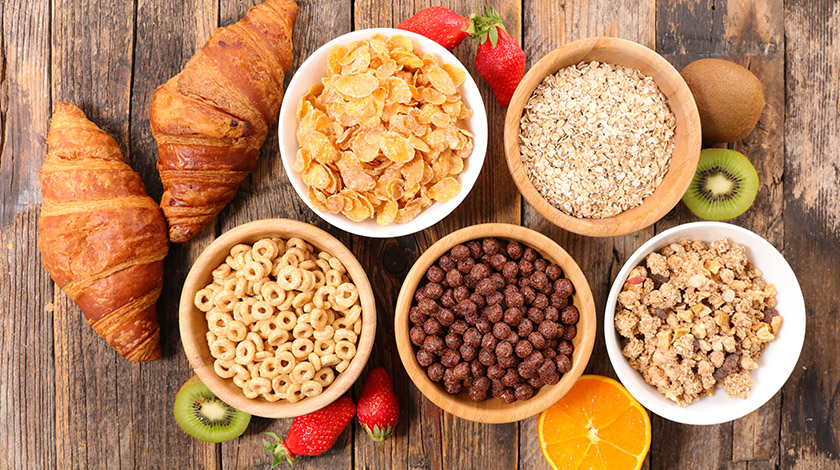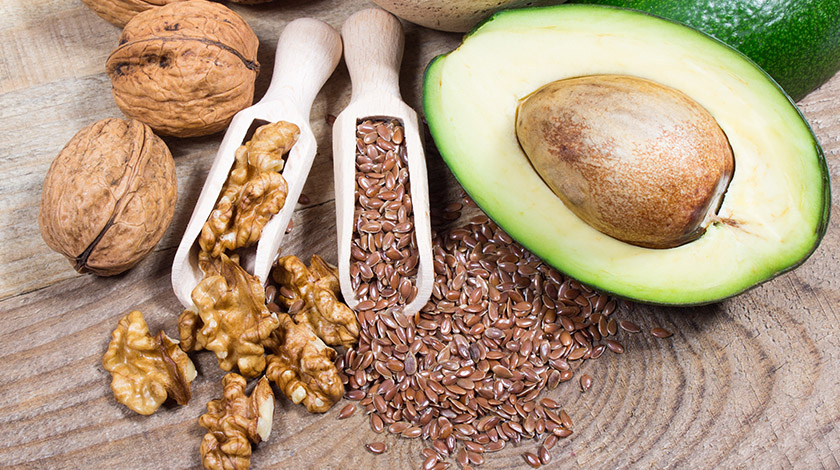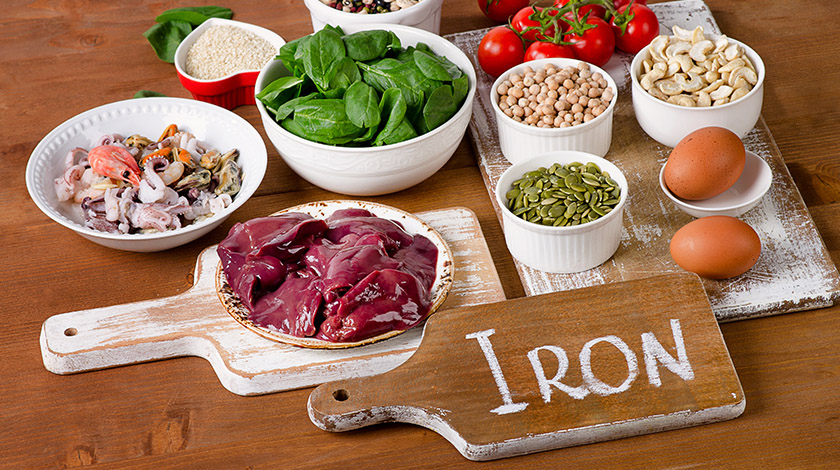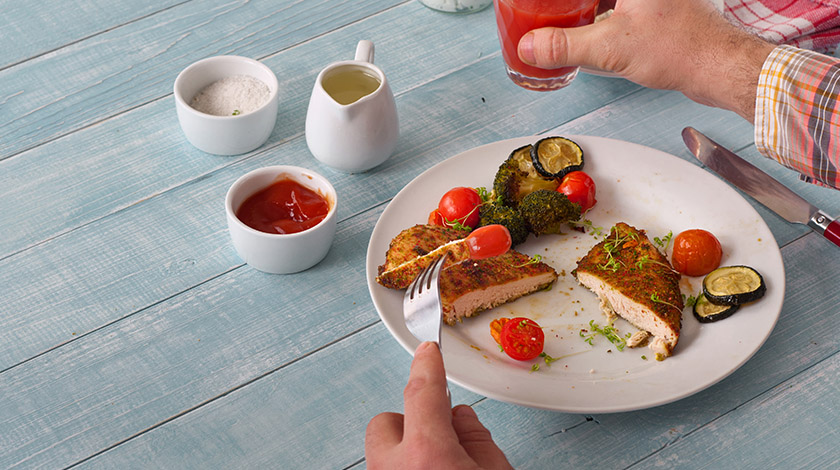Most of us experience at least two energy slumps during the day. There’s usually one mid-afternoon (especially if you’ve had a heavy lunch and are entering the dreaded food coma). It’s also common to feel sleepy or demotivated in the late morning, or late evening, depending on whether you’re a morning or night person.
To get an energy boost, you may want to regulate your diet and take in foods which give you a consistent, sustained energy release. “Crutches” like coffee, alcohol and nicotine should be avoided. It’s possible to eat for energy and alertness, while maintaining a nutritious diet!
Low-GI Carbs

Glycemic index, or "GI", measures how quickly carbohydrates are digested and turned into sugar. High-GI carbs such as white rice or potatoes are digested very quickly, providing a massive rush of sugar and an instant energy boost. But that quickly fades, and once the sugar exits your bloodstream you’ll experience an energy crash.
For more consistent energy levels, look to low-GI carbs like brown rice, oats and whole wheat bread. As these carbs digest slowly, they keep you feeling fuller longer (curbing the urge to snack) and provide a sustained release of energy throughout the day.
Omega 3 oil

The link between omega 3 fatty acids and brain function (in particular, cognitive focus and memory retention) is well established. Try to eat oily fish at least three times a week. These include sardines, salmon, tuna and mackerel. These fats are considered healthy or “good fats” which can actually help to banish bad cholesterol and fight heart disease.
For the vegetarians among us, it’s possible to get your daily fix of omega 3 oils by consuming linseed, rapeseed and walnut oils, or purchasing omega 3-rich eggs. Another tip for vegetarians is to buy Vitamin B12 supplements as meat-free diets are frequently deficient in Vitamin B12. Vitamin B12 consumption is linked to higher energy levels.
Iron

There’s a reason iron is absolutely essential for athletes — it forms hemoglobin, which is responsible for distributing oxygen to your tissues. But even if you aren’t an Olympic sprinter or professional footballer, iron is vital for your physical performance. Red meat is an excellent source of iron, as are leafy vegetables such as spinach and Kailan.
When we feel energized and alert, we tend to feel more productive, positive and motivated. Besides eating for energy, we can also boost our levels of physical activity. Short bursts of exercise throughout the day — just a simple stair climb or a 30-minute visit to the gym during lunch — can actually boost your energy levels and release valuable endorphins that improve your mood. Try working out outdoors. Bright light can provide stimulation!1
Sources
- Bright-light therapy in the treatment of mood disorders. Pail G, Huf W, Pjrek E, et al. Neuropsychobiology 2011; 64(3): 152-62.

